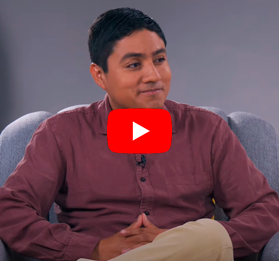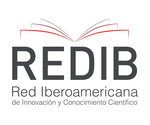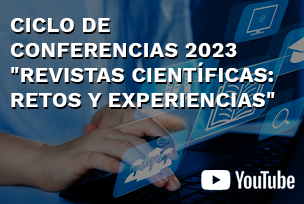Intramuscular stimulation with free neddling versus lasertherapy in lumbar miofascial sindrome
DOI:
https://doi.org/10.20453/rhr.v2i1.3692Abstract
Objective: To determine the analgesic effectiveness of needle dry before laser therapy in the treatment of lumbar myofascial pain syndrome in the first week of treatment. Material and methods: Analytical observational cohort study, all patients with chronic nonspecific low back pain myofascial syndrome who presented to the Loayza hospital rehabilitation in the months of September, October 2015 and that met the inclusion criteria. Patients for the two groups were chosen consecutively one by one by rehabilitation specialists trained in the diagnosis and treatment of the picture. We applied the visual analogue scale at baseline and seven days of treatment. Results: The average pain score at baseline was 6.4 for patients with laser and needle 6.8, the seven days of pain assessment was 4 for laser and needle 4.3 for generating a difference in laser and free needle (P> 0.05), the mean age of patients was 54.78 years with a standard deviation of 11.52 years. 77.6% (38/49) of the patients evaluated are female. At 46.9% (23/49) of patients was applied analgesic technique with low level laser and 53.1% (26/49) intramuscular stimulation technique with dry needle. Conclusions: The initial and final levels of pain according to the visual analog scale were statistically equal in the groups evaluated. In this study both analgesic techniques lowered the pain in equal measure.
Downloads
Published
How to Cite
Issue
Section
License
All articles published in the Revista Herediana de Rehabilitación are under a Creative Commons Reconocimiento 4.0 International license.
The authors retain the copyright and grant the journal the right of first publication, with the work registered with the Creative Commons License, which allows third parties to use what is published whenever they mention the authorship of the work, and to the first publication in this magazine.
Authors can make other independent and additional contractual agreements for the non-exclusive distribution of the version published in this journal, provided they clearly indicate that the work was published in this journal.
The authors can file in the repository of their institution:
The research work or thesis of degree from which the published article derives.
The pre-print version: the version prior to peer review.
The Post-print version: final version after peer review.
The definitive version or final version created by the publisher for publication.











 Esta obra está bajo una
Esta obra está bajo una 